Seoul Former Russian Legation (서울 구 러시아공사관)
14.5Km 2020-06-18
21-18, Jeongdong-gil, Jung-gu, Seoul
+82-2-3396-5882
The Russian Legation was built in a Renaissance style in 1890. Russian architect, A. J. Scredin Sabatine designed the structure. In 1895, during the Joseon dynasty, the Eulmisabyeon Incident took place as a show of force by the Japanese.
Empress Myeongseong-hwanghu was emerging as a strong figure in Korea at a time when a power struggle between Japan, China, Russia, and other powers were taking place. Japanese Minister, Miura Goro saw her as a threat and ordered her assassination. After hearing news of the Empress’s assassination, King Gojong and the Crown Prince sought refuge in the Russian Embassy for one year.
After 1945, the Soviet Union took over the embassy until it was almost completely destroyed by a fire during the Korean War [1950~1953]. The only remaining parts of the building are the tower and basement areas. The building was restored to its current condition in 1973 and is now enjoyed by many as a public park.
Gyeongbokgung Palace (경복궁)
14.5Km 2025-06-19
161 Sajik-ro, Jongno-gu, Seoul
+82-2-3700-3900
Gyeongbokgung Palace was built in 1395 as the official palace of the Joseon dynasty by Yi Seong-gye, the future King Taejo and founder of the new regime. Gyeongbokgung Palace is commonly referred to as the Northern Palace because of its location to the north, comparied to Changdeokgung Palace in the east and Gyeonghuigung Palace in the west. Gyeongbokgung Palace is arguably the most beautiful and is the largest of all five palaces. Many Joseon kings were crowned here. The premises were once destroyed by fire during the Imjin War (1592-1598). However, all of the palace buildings were later restored under the leadership of Heungseondaewongun during the reign of King Gojong. The assassination of Empress Myeongseong, however, resulted in Gyeongbokgung Palace losing its function as a royal palace, eventually witnessing the downfall of the Joseon dynasty. Gyeongbokgung Palace retains the original Gyeonghoeru Pavilion, a prime example of Joseon architecture, and the Hyangwonjeong Pavilion and pond. The sculptures in the Geunjeongjeon Hall exemplify Joseon-era sculpture techniques. The west side of the area outside Heungnyemun Gate is occupied by the National Palace Museum of Korea, while the eastern side of Hyangwonjeong Pavilion within the Gyeongbokgung Palace is occupied by the National Folk Museum of Korea.
Royal Culture Festival (궁중문화축전)
14.5Km 2024-07-17
161 Sajik-ro, Jongno-gu, Seoul
+82-1522-2295
The Royal Culture festival is held at the five Royal Palaces and Jongmyo Shrine. The festival first began in 2014 and provides visitors with first-hand knowledge of these important cultural heritages through unique performances, exhibitions, experiences and programs. The festival expanded in 2021 to be hosted twice a year, in spring and in fall.
Seoureseo Duljjaero Jalhaneunjip (서울서둘째로잘하는집)
14.5Km 2024-03-15
122-1 Samcheong-ro, Jongno-gu, Seoul
+82-2-734-5302
Seoureseo Duljjaero Jalhaneunjip is a sweet red bean porridge and traditional tea house near Gyeongbokgung Palace. Sweet red bean porridge is a sweet and smooth dish typically containing chewy rice cakes and chestnuts. In Korea, it's a traditional food eaten during dongji (the shortest day and longest night of the year). They also offer traditional teas like ssanghwatang (herbal tonic tea), which contains seven medicinal herbs, sujeonggwa (cinnamon punch) with a blend of cinnamon and ginger flavors, and sikhye (sweet rice punch), a drink known for aiding digestion.
Seoul Yakhyeon Catholic Church (서울 약현성당)
14.5Km 2020-03-26
447-1, Cheongpa-ro, Jung-gu, Seoul
+82-2-362-1891
Yakhyeon Catholic Church was established as a result of Korea gaining religious freedom in the 23rd year of King Gojong’s reign (1886) and the subsequent increase of the Catholic population. In 1891, Myeongdong Cathedral's head priest Doucet laid down the foundation stone in Hap-dong. Coadjutor bishop Coste was in charge of design and construction and the building was eventually completed in 1892. The church was named after "Yakjeonhyeon," or a hill of medicinal herbs. This is because the place where the church is located was once a hilly area covered with medicinal herbs. Later on, Yakjeonhyeon was shortened to Yakhyeon and it became the name of the hilly area between Malli-dong and Seoul Station.
Yakhyeon Catholic Church was the first Western-style church ever built in Korea. It's Gothic architecture features a 12-meter-wide and 32-meter-long cruciform construction with low arched windows and a pointed-arch entrance gate.
The National Folk Museum's Korean Folk Performances for Visitors (국립민속박물관 우리민속한마당)
14.6Km 2021-07-07
37, Samcheong-ro, Jongno-gu, Seoul
• 1330 Travel Hotline: +82-2-1330 (Korean, English, Japanese, Chinese) • For more info: +82-2-3704-3114
The National Folk Museum is the leading museum depicting Korean folk culture that attracts 3 million visitors every year. Every Saturday, the museum offers free performances where Korean music, traditional dance, martial arts, and mask plays are performed for Korean and international spectators to illustrate Korea’s major seasonal events, special exhibitions, and traditional intangible cultures.
National Folk Museum of Korea (국립민속박물관)
14.6Km 2019-03-19
37, Samcheong-ro, Jongno-gu, Seoul
Located inside Gyeongbokgung Palace, the National Folk Museum of Korea presents historical artifacts that were used in the daily lives of Korean people in the past. Through the displays, visitors can learn about the domestic and agricultural lifestyles, as well as Korea’s cultural beliefs.
The National Folk Museum of Korea has three permanent exhibitions and two special exhibitions as well as a library, souvenir shop, and other subsidiary facilities.
National Folk Museum of Korea Children’s Museum (국립민속박물관 어린이박물관)
14.6Km 2019-03-18
37, Samcheong-ro, Jongno-gu, Seoul
+82-2-3704-4540, 4524
The Children’s Museum is a hands-on experience museum run by the National Folk Museum of Korea. A variety of visual aids and assembly models allow children to touch and feel pieces and experience folk history in an interactive way. The theme of the exhibitions consists of folk clothing, food, shelter, social life, and entertainment. The museum has a number of interactive spaces including a table set for an ancestral ritual, magnet miniatures depicting a baby’s first birthday, and an area where young visitors can build a folk house. Young learners can also create an avatar wearing in Hanbok, make kimchi using visual aids, or play gonu (a traditional board game). The museum also collects, preserves, and maintains relics and historical items related to youth and youth culture.
The Great Full Moon Festival (정월대보름 한마당)
14.6Km 2025-02-05
37 Samcheong-ro, Jongno-gu, Seoul
+82-2-3704-3106
The National Folk Museum is celebrating the first full moon of the Lunar new year, Jeongwol Daeboreum. A variety of experiences are prepared to eliminate bad luck and pray for prosperity and health. The event provides a chance for locals and tourists alike to learn more about the traditional culture of Korea.
Gyeonggi Cheonggyesa Temple (청계사(경기))
14.6Km 2021-11-23
475, Cheonggye-ro, Uiwang-si, Gyeonggi-do
+82-31-345-2533
Cheonggyesa Temple is a Buddhist temple near Baegunhosu Lake that became well-known as the site of udumbara flower, a rarity that blooms on Buddhist statues. Built during the Silla Kingdom, the temple offers many sights, including the Cheonggyesa Temple Monument, Geungnakjeon Hall, the bell tower, Samseonggak Shrine, Ksitigarbha Hall, and Gamnoji Pond. Among the many things to see, visitors should not miss a glimpse of the Bronze Bell of Cheonggyesa Temple and the Wood Printing Block in Cheonggyesa Temple. Created in the 27th year of the reign of King Sukjong (1701) of the Joseon dynasty, the Bronze Bell has been designated as a national treasure, and is adorned with elaborate patterns.
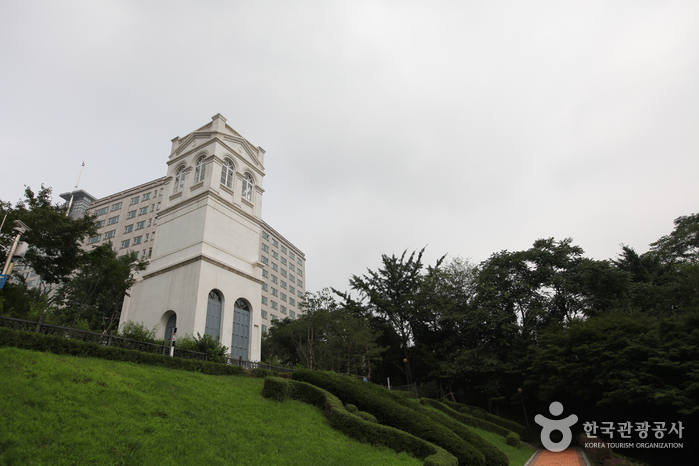


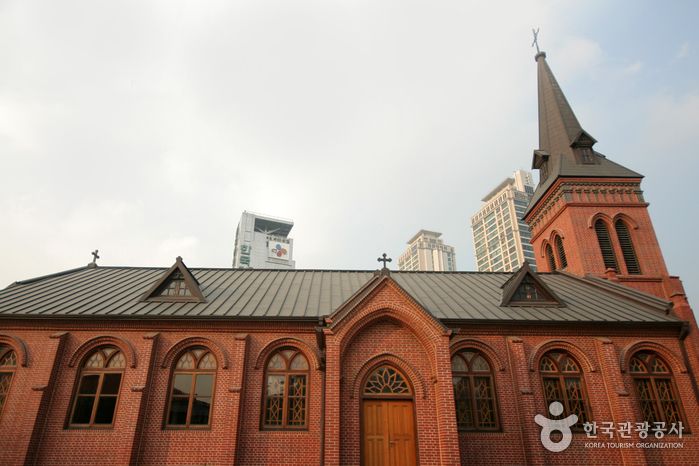

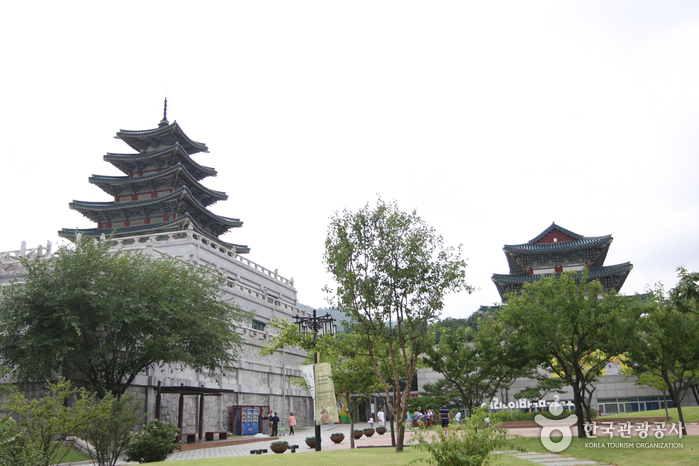
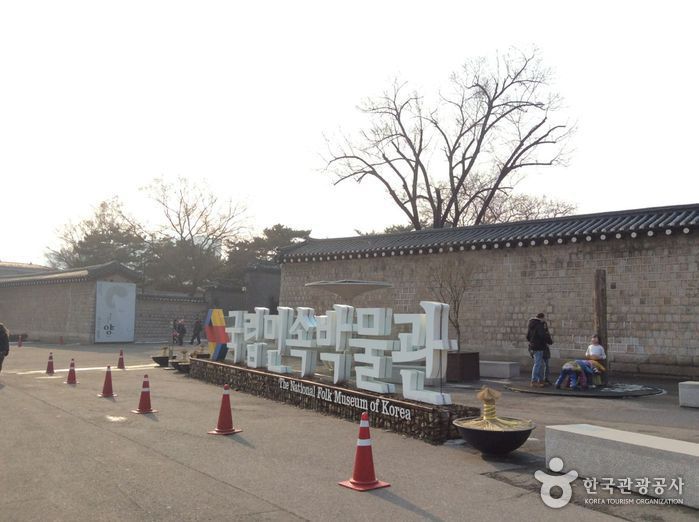

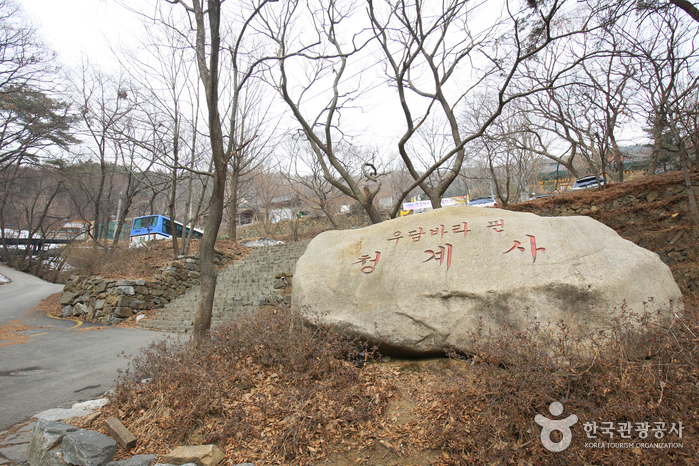
 English
English
 한국어
한국어 日本語
日本語 中文(简体)
中文(简体) Deutsch
Deutsch Français
Français Español
Español Русский
Русский